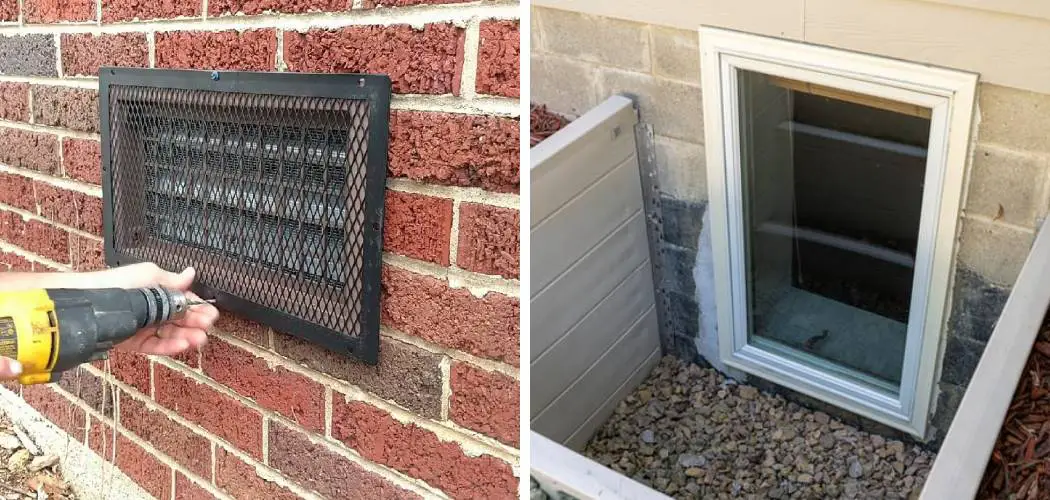Poor air quality in your basement can cause various health problems, such as respiratory issues, headaches, and general malaise. Constant humidity levels can also lead to mold growth, which not only poses a risk to the health of your family but can also damage furniture and belongings stored in the basement. There are several advantages to ventilating a basement without windows.
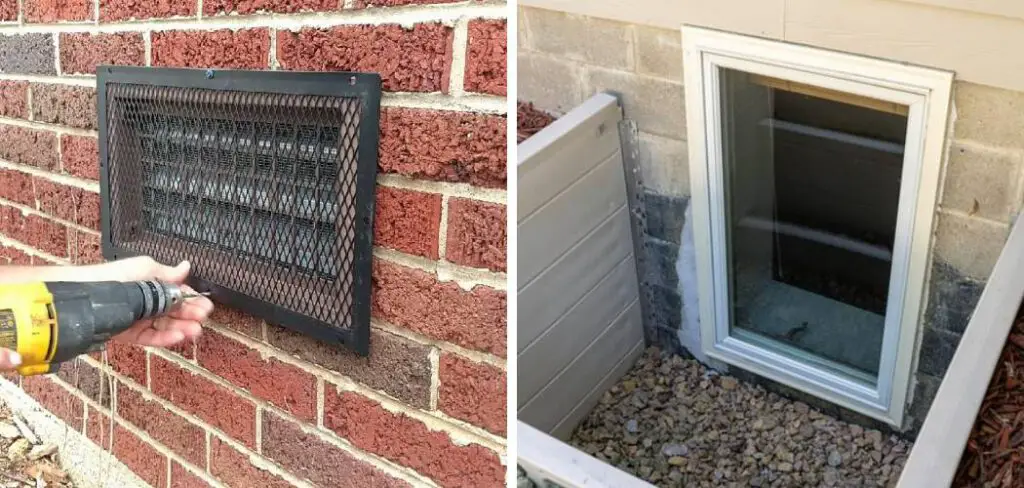
One of the biggest is that it prevents condensation and moisture buildup from collecting in your basement, which can cause mold and mildew growth. By ventilating your basement, you also reduce the risk of fire hazards due to an accumulation of combustible fumes, such as those from gas-powered generators or other such equipment. Additionally, it can provide added fresh air and reduce the potential for noxious odors to linger in your basement. In this blog post, You will learn in detail how to ventilate a basement without windows.
Materials You Will Need
A portable air conditioning unit will help create a constant flow of air in the basement while simultaneously cooling it down if needed.
- An Exhaust Fan: This fan can be installed either on an exterior wall or through the ceiling. It will help draw out stale air and replace it with fresh, clean air.
- Air Vents: You will need to create air vents in the basement walls or ceiling so that fresh air can enter the space and circulate.
- A Dehumidifier: This is important for removing excess moisture from the air, which can help prevent mold growth.
- An in-line Ventilation Fan: This fan can be installed in the ductwork to push air from one room to another.
- A Window Well Cover: This plastic or metal cover goes around your basement window wells to keep rain and other debris out of the basement.
- Weatherstripping: Sealing up any gaps, cracks, or openings in the basement walls is essential for proper ventilation.
- Insulation: Properly insulating your home can help keep the temperature regulated in the basement and prevent drafts from coming in through the walls.
- A Basement Window: This can be installed on an exterior wall if one isn’t already there. It will provide natural sunlight and ventilation to the basement space.
- A Heat Recovery Ventilator: This device recovers heat from the exiting air in your home and uses it to preheat or precool the incoming air, helping to keep energy costs down and indoor air quality up.
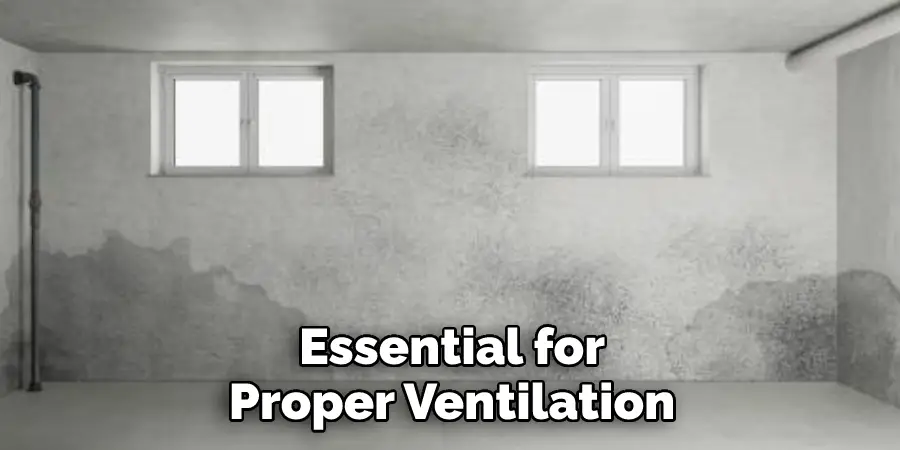
With these materials, you can effectively ventilate a basement without windows. Make sure to check your local building codes for any specific regulations that may need to be followed when installing the equipment.
Step-by-Step Processes for How to Ventilate a Basement Without Windows
Step 1: Inspect the Basement
To identify the potential problem areas, you must check for warning signs of moisture and water damage. Look for water seepage or any other visible signs that may indicate a ventilation problem. This is an important step as it helps to remove excess humidity from the air and keep your basement dry.
Step 2: Determine How Much Ventilation Is Needed
Once the inspection is complete, it is time to determine how much ventilation you need to ventilate the basement properly. Measure the basement area and calculate your space’s cubic foot per minute (CFM) requirement. The CFM rating should be two times the amount of floor area.
Step 3: Install Exhaust Fans and Vents
In order to properly ventilate the basement, you must install exhaust fans and vents. This will allow air to move in and out of the space, thus regulating humidity levels. Make sure that the exhaust fan is vented directly outside, as this will help ensure that the basement is properly ventilated.
Step 4: Install the Dehumidifier
The final step to effectively ventilating a basement without windows is to install a dehumidifier. A dehumidifier helps reduce moisture levels in the air and prevents mold growth in your basement. Make sure you choose a dehumidifier that is the right size for your basement so it can effectively reduce humidity levels.
These are the basic steps to ventilate a basement without windows. This process should help you keep your basement dry and free from moisture buildup, which can cause health hazards such as mold.
You Can Check It Out to Hide Ductwork in Basement
Tips for How to Ventilate a Basement Without Windows
- Always ensure your ventilation system is installed according to code and manufacturer guidelines.
- Install the best type of ventilator for your specific basements, such as an exhaust fan or a whole house fan.
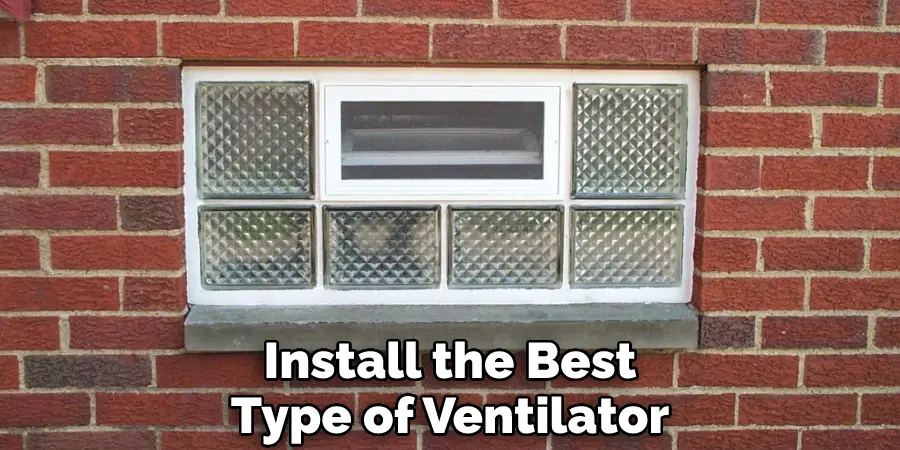
- Take appropriate safety precautions when working with electrical wiring in the basement. Make sure all outlets are properly grounded and avoid contact with exposed wires.
- Make sure to use a dust mask when working in the basement, as your ventilation system may stir up dirt and debris.
- Secure any venting materials you install to the walls or ceiling of your basement to prevent them from dislodging.
- Install air filters on vents that are located near areas susceptible to mold or mildew, such as near a sump pump.
- Check your basement regularly for any signs of condensation or excessive moisture buildup.
- Test your air quality to ensure the ventilation system works properly and provides adequate airflow.
- Finally, make sure to regularly maintain and inspect your ventilation system for any signs of damage or malfunction. Keep the filters clean, change them out as needed, and repair any damaged components promptly.
By following these tips on ventilating a basement without windows, you can improve the air quality in your home and reduce any potential safety hazards. With proper ventilation, your basement can be a comfortable and inviting area for you to use.
Is It Possible to Use a Dehumidifier for Ventilation Purposes in a Basement Without Windows?
Yes, a dehumidifier can be used to help ventilate a basement without windows. This is because the moisture removed by the dehumidifier helps create a drier environment in the basement, facilitating better airflow and ventilation. Keeping your dehumidifier running can help draw in fresh air from outside, which will help keep the air in your basement clean and fresh.
Additionally, having a dehumidifier running can also help prevent mold and mildew growth due to the dryer air. Using a dehumidifier is certainly worth considering if you are looking for an effective way to ventilate a basement without windows.
However, it is important to note that dehumidifiers alone are not enough to properly ventilate a basement without windows; other methods, such as air intake vents and exhaust fans, should also be used for maximum results.
In order for your ventilation system to work effectively, all components need to have adequate airflow to ensure the proper exchange of air. When combined with other ventilation methods, a dehumidifier can effectively ventilate a basement without windows and keep it smelling fresh and dry.

It is important to remember that proper maintenance of your dehumidifier is essential for it to work properly and effectively help you ventilate your basement. Regular cleaning, filter changes, and other maintenance tasks will ensure that your dehumidifier is running optimally and helping you keep the air in your basement clean and fresh.
How Often Should You Be Changing the Air Filter in an Exhaust Fan Located in a Windowless Basement?
An exhaust fan is often the best option when ventilating a basement without windows. The exhaust fan can pull air from inside the basement and push it out of the house or building to replace it with fresh air. However, as part of regular maintenance, it’s important to regularly change the filter in your exhaust fan. How often you’ll need to change your filter depends on the type and size of your fan, but as a general rule, you should change it every three months.
If you’re using an exhaust fan that pulls air from outside the home or building into the basement, then you’ll want to check and clean the filter more often. Dust and debris can accumulate quickly, so you should check and clean the filter at least once a month. This is especially important if your basement is in an area with a lot of dust or dirt.
It’s also important to note that if you’re using an exhaust fan that pushes air out of the basement and into the rest of the house, you will need a high-quality filter. This is because the fan needs to push out clean air instead of dirty air which could lead to breathing complications or other problems. A good quality filter should last up to 12 months before needing replacement.
Conclusion
In conclusion, learning to ventilate a basement without windows is essential for maintaining good air quality and health. Several options are available, including using an air-to-air exchanger, installing ceiling and wall vents, utilizing fans or blowers, or creating an opening with a window well. Each method can effectively provide effective ventilation in your basement, though some may be more appropriate for certain situations than others.
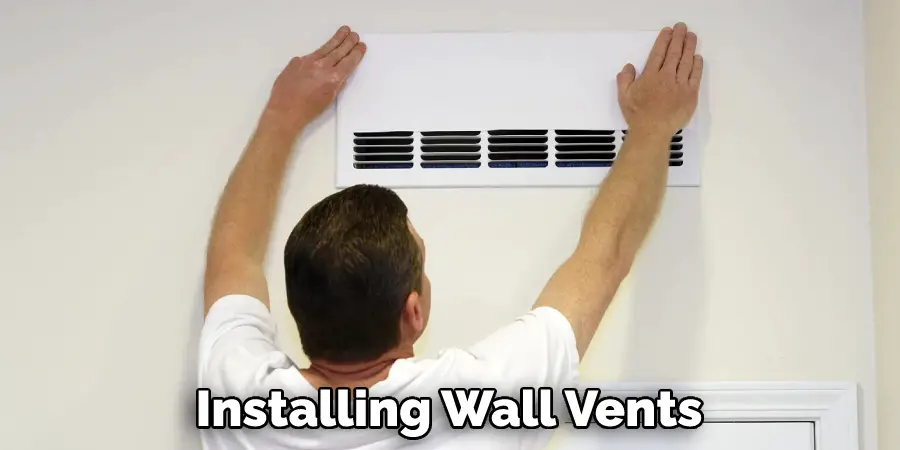
When selecting a method, consider how much you need to ventilate and what kind of space is available in your basement. Regardless of the strategy chosen, proper ventilation of your basement is crucial for protecting the health and safety of those who use it. I hope reading this post has helped you learn how to ventilate a basement without windows. Make sure the safety precautions are carried out in the order listed.

